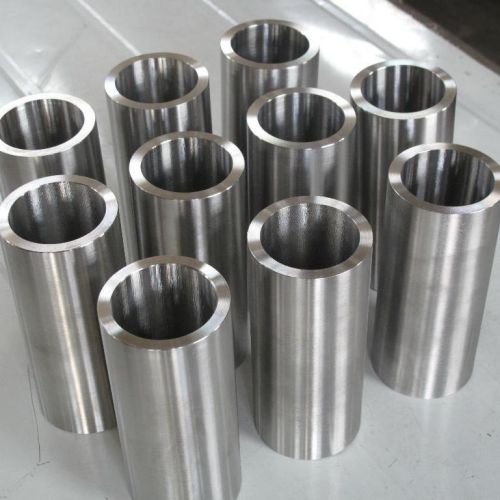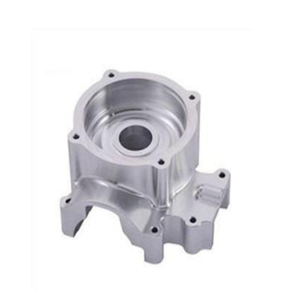What are the precautions for processing titanium alloy parts?
Titanium alloys have the advantages of light weight, high specific strength and good corrosion resistance, so they are widely used in the automotive industry, and the most widely used titanium alloys are automotive engine systems. There are many benefits to using titanium alloys to manufacture engine parts. However, the poor technological performance and low wear resistance of titanium alloys make cutting difficult and the production process complicated. It is very easy to absorb impurities such as hydrogen, oxygen, nitrogen and carbon during the processing, which affects the quality of the workpiece. The hardness of titanium alloys is only one aspect that is difficult to machinability. The key lies in the influence of the combination of chemical, physical and mechanical properties of titanium alloys on its machinability. The following is a brief introduction to the problems that need to be paid attention to in the processing of titanium alloys:

1.The characteristics of titanium alloy cutting
(1) Small deformation coefficient: This is a significant feature of titanium alloy cutting, and the deformation coefficient is less than or close to 1. The sliding friction distance of chips on the rake face is greatly increased, which accelerates tool wear.
(2) High cutting temperature: Due to the small thermal conductivity of titanium alloys, the contact length between the chip and the rake face is extremely short, and the heat generated during cutting is not easily transmitted, and is concentrated in a small range near the cutting area and the cutting edge. Cutting temperatures are high. Under the same cutting conditions, the cutting temperature can be more than double that of cutting stainless steel.
(3) Large cutting force per unit area: Because the contact length between the chip and the rake face is extremely short, the cutting force per unit contact area is greatly increased, which is easy to cause chipping. At the same time, due to the small elastic modulus of titanium alloys, it is easy to bend and deform under the action of radial force during processing, causing vibration, increasing tool wear and affecting the accuracy of parts. Therefore, it is required that the process system should have better rigidity.
(4) The phenomenon of chilling is serious: due to the high chemical activity of titanium, it is easy to absorb oxygen and nitrogen in the air to form a hard and brittle outer skin at high cutting temperatures; at the same time, plastic deformation during cutting will also cause surface hardening. . Chilling not only reduces the fatigue strength of parts, but also increases tool wear, which is an important feature when cutting titanium alloys.




